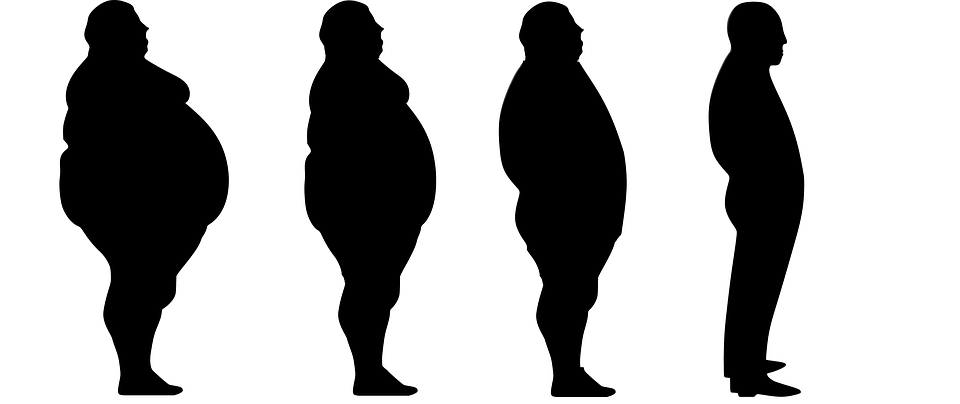Norwegian scholars published a research in the BMJ, saying that from the 1960s to the 2000s, the weight of the population increased significantly, and it was more obvious in people with a higher obesity genetic predisposition. The result of the combined effects of sensibility and environmental change.
The research found that since the 1960s, both hereditary and non-hereditary constitutions have increased their body weight.
According to the researchers, this means that the environment is still the main cause of the obesity epidemic, and the environment is becoming more and more prone to getting fat.
The research included data from nearly 90,000 people aged 13-80 in the health research, who repeated height and weight measurements between 1963 and 2008. Of these, 67,305 were included in the association analysis of genetic predisposition and body mass index. The changes in BMI over the past 50 years were analyzed and the effects of the environment on body mass index were assessed based on genetic predisposition.
After considering the underlying factors, the data showed that these people's body mass index increased significantly from the mid-1980s to the mid-1990s. Moreover, compared with the older birth cohort, those born after 1970 have significantly increased their body mass index at a young adult age.
Subjects were divided into five groups, with group 1 having the highest susceptibility to obesity and group 5 having the lowest susceptibility to obesity.
The body mass index of the two groups varies greatly every ten years and all ages, and this difference has increased from the 1960s to the 2000s.
For example, for a 35-year-old male, in the 1960s, the body mass index most affected by genetic factors was 1.20 kg/m2 higher than the male least affected by genetic factors, and by the 2000s, the difference was 2.09 kg/m2. . The corresponding differences in body mass index for women of the same age were 1.77 kg/m2 and 2.58 kg/m2, respectively.
Therefore, the researchers point out that in the 2000s, the body mass index of men and women increased by 0.89 kg/m2 and 0.81 kg/m2, respectively, due to the interaction of genes with the indigenous environment.



